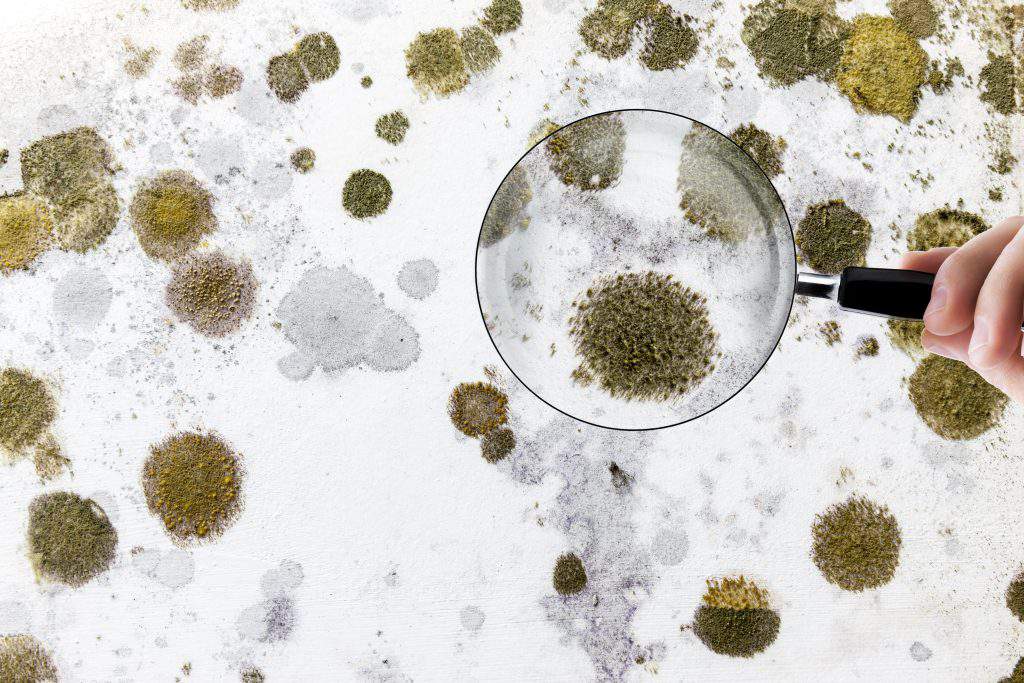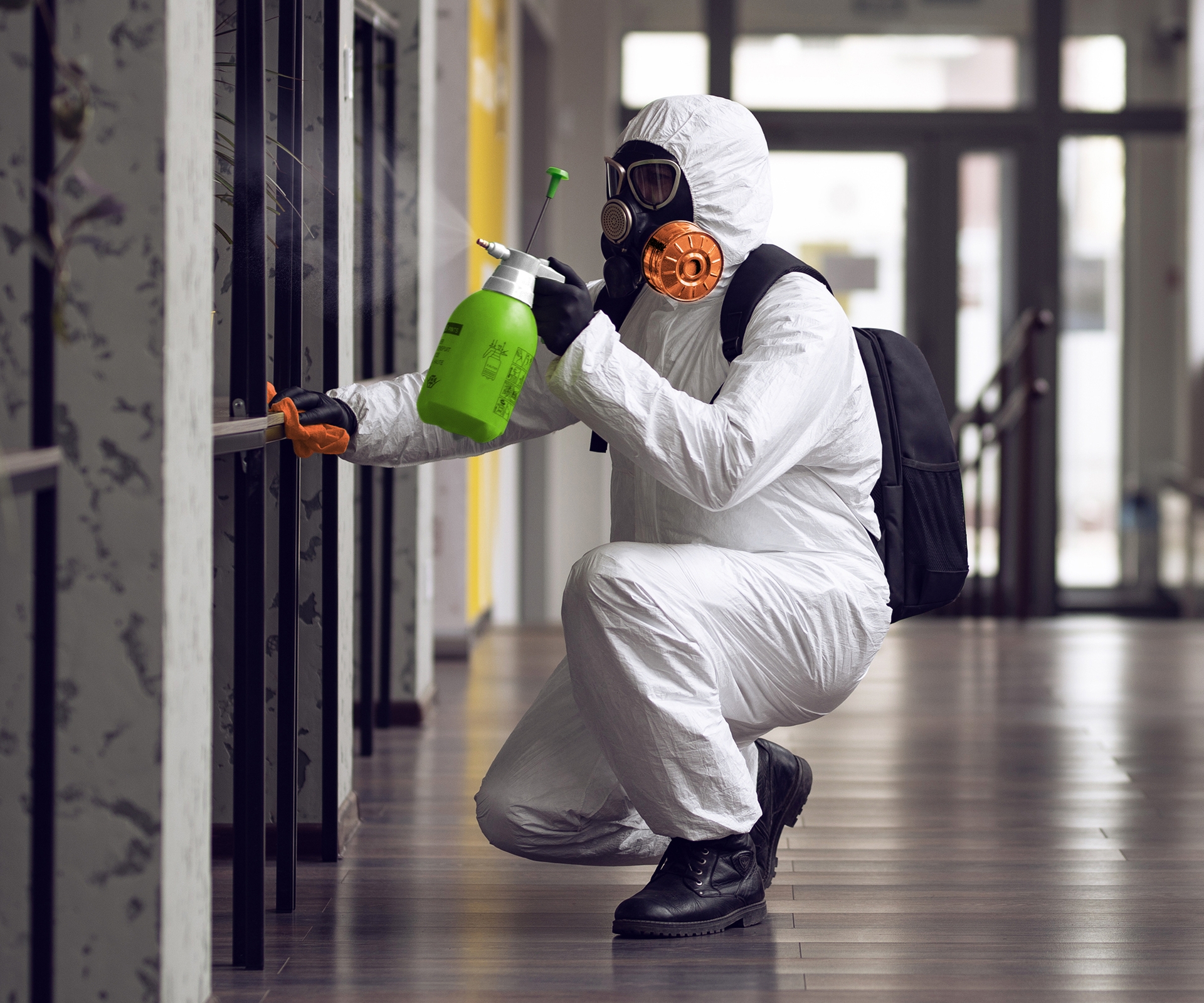Your Ultimate Overview to Post Mold Remediation Strategies
Browsing the world of post-mold remediation methods is a precise procedure that requires interest to information and a detailed understanding of the intricacies entailed. In the aftermath of mold problem, knowing how to successfully remove the mold and mildew and stop its reoccurrence is extremely important for preserving a healthy and balanced indoor setting. From choosing the right cleaning and disinfecting methods to executing methods for long-term mold and mildew avoidance, each action in the remediation trip plays an important role in ensuring a successful result. As we start this expedition of post-mold remediation strategies, we will reveal the essential strategies and finest methods that can aid you recover your room to its pre-mold condition and safeguard it against future mold hazards.
Understanding Post-Mold Removal Refine
After completing the mold and mildew remediation process, it is vital to understand the post-mold remediation strategies that are necessary to make certain a efficient and detailed cleaning. As soon as the mold has been gotten rid of, the following step entails cleaning and decontaminating the influenced areas to avoid any kind of regrowth of mold and mildew.
Moreover, performing a final examination post-remediation is crucial to ensure that all mold and mildew has actually been successfully eradicated. This evaluation must entail a detailed visual check along with perhaps air tasting to verify the absence of mold spores airborne. Extra remediation may be necessary if the examination reveals any kind of remaining mold and mildew. Finally, educating occupants on safety nets such as regulating wetness degrees and promptly resolving any type of water leakages can aid keep a mold-free environment.
Reliable Cleaning Up and Decontaminating Approaches

Preventing Future Mold And Mildew Growth

Value of Correct Ventilation
Correct air flow plays an essential function in protecting against dampness accumulation, a key aspect in mold growth within interior settings. Effective ventilation systems assist remove excess humidity from the air, minimizing the chances of mold and mildew spores locating the dampness they require to sprout and spread out. Without sufficient ventilation, interior spaces can come to be a breeding ground for mold, causing potential health threats and architectural damages.
By ensuring correct air circulation, ventilation systems can likewise assist in drying out damp areas extra promptly after water damage or flooding events, additionally discouraging mold and mildew development. Post Mold Remediation. In areas like shower rooms, attics, kitchens, and cellars where dampness degrees often tend to be greater, setting up and preserving reliable air flow systems is crucial in avoiding mold infestations

Monitoring and Upkeep Tips
Provided the important duty that correct air flow plays in preventing mold and mildew growth, it is necessary to develop reliable tracking and maintenance pointers to make certain the continued functionality of air flow systems. Regular inspections of ventilation systems should be conducted to look for any kind of indicators of obstructions, leakages, or malfunctions that might hamper correct airflow. Surveillance humidity levels within the residential or commercial property is additionally important, as high moisture can contribute to mold and mildew growth. Setting up this link a hygrometer can help track moisture degrees and alert house owners to any spikes that this might need focus. In addition, making sure that air filters are consistently cleansed or changed is necessary for maintaining the performance of the ventilation system. Implementing a schedule for routine upkeep jobs, such as air duct cleansing and heating and cooling system examinations, can assist stop concerns before they rise. By remaining aggressive and conscientious to the condition of air flow systems, property proprietors can efficiently minimize the risk of mold and mildew regrowth and preserve a healthy and balanced interior setting.
Conclusion
In verdict, post-mold remediation techniques are vital for making sure a risk-free and clean setting. Understanding the process, applying effective cleaning and decontaminating techniques, protecting against future mold and mildew development, preserving proper air flow, and normal surveillance are all critical steps in the removal process. By following these standards, you can effectively get rid of mold and mildew and avoid its return, promoting a healthy and balanced living or working room for all occupants.
In the after-effects of mold and mildew invasion, knowing just how to properly eradicate the mold and avoid its reoccurrence is critical for keeping a healthy interior setting. Once the mold and mildew has been eliminated, the following step includes cleansing and sanitizing the influenced locations to stop any type of regrowth of mold and mildew - After mold remediation. After eliminating visible mold and mildew growth, it is critical to cleanse all surfaces in the damaged location to eliminate any type of staying mold and mildew spores. To even more boost mold prevention procedures, it is necessary to attend to underlying issues that originally led to mold and mildew advancement.Offered the important role that appropriate ventilation plays in protecting against mold and mildew development, it is important to establish reliable monitoring and maintenance pointers to ensure the ongoing performance of ventilation systems
Comments on “Essential Actions After Mold Remediation”